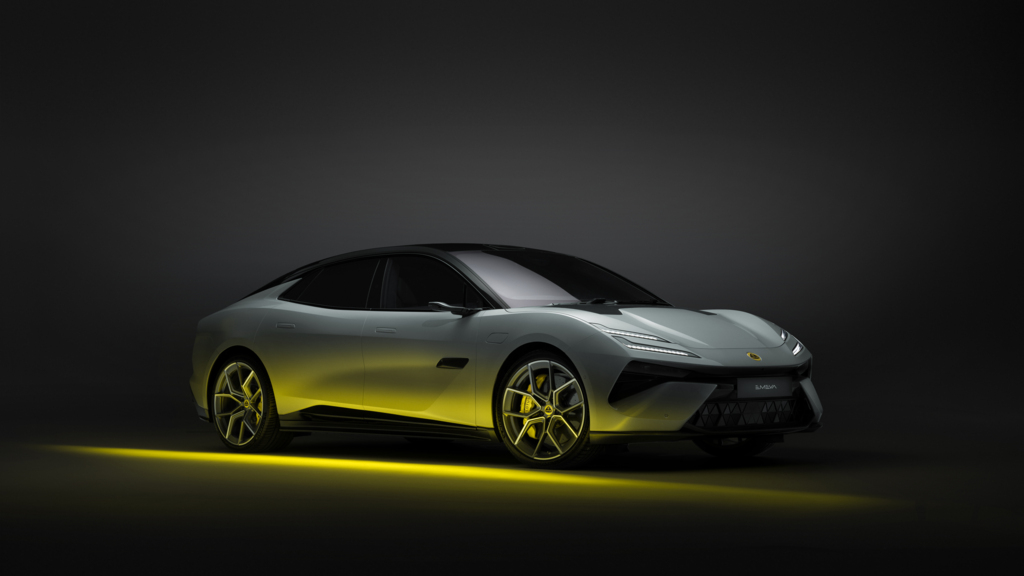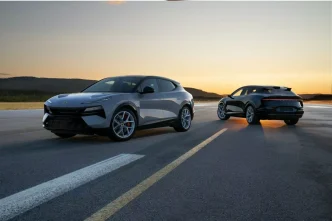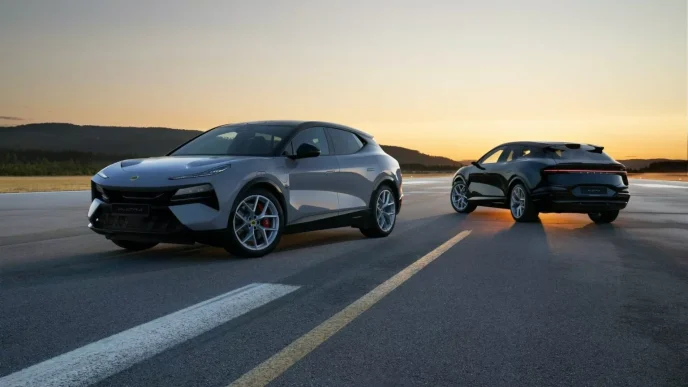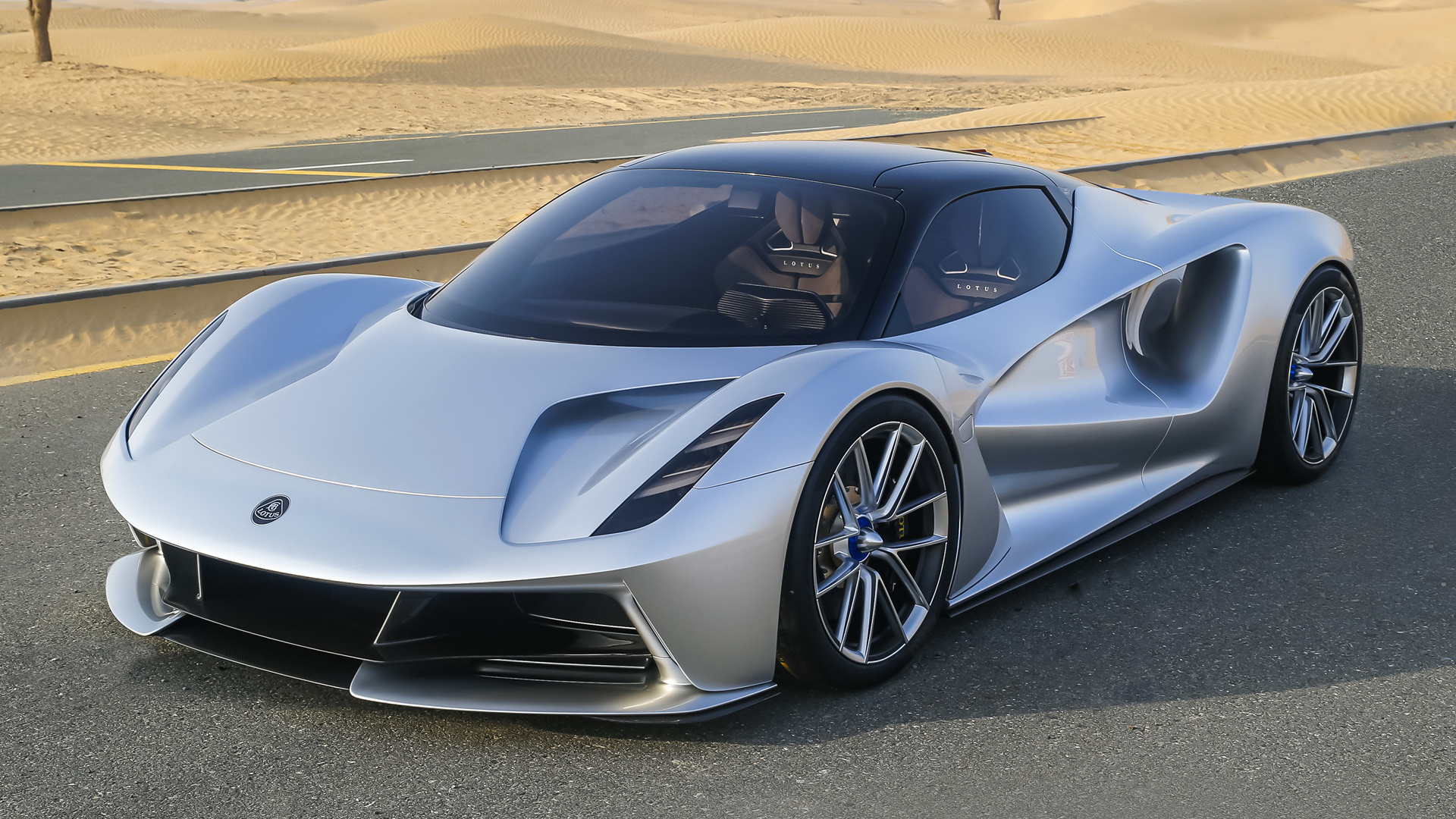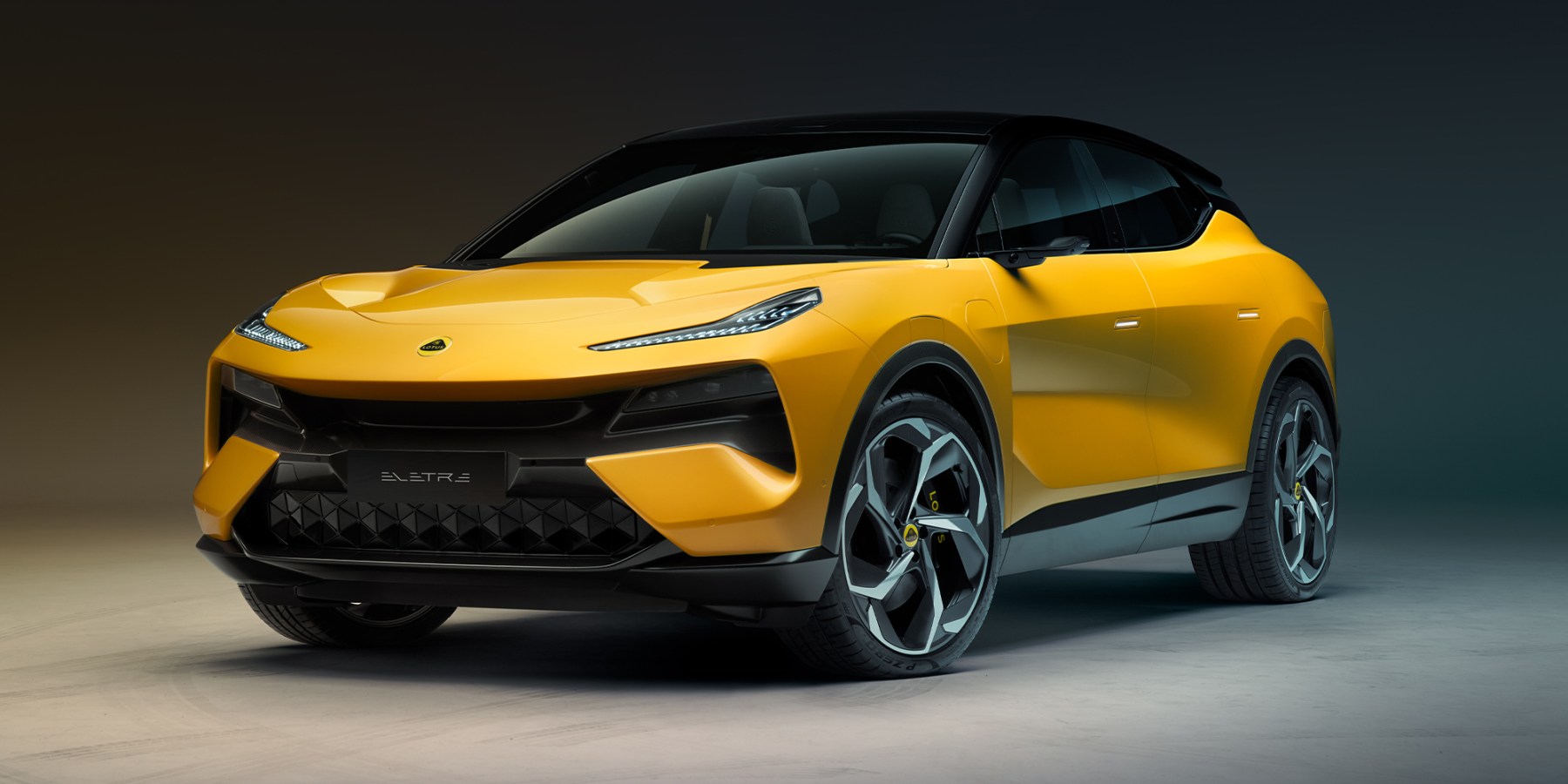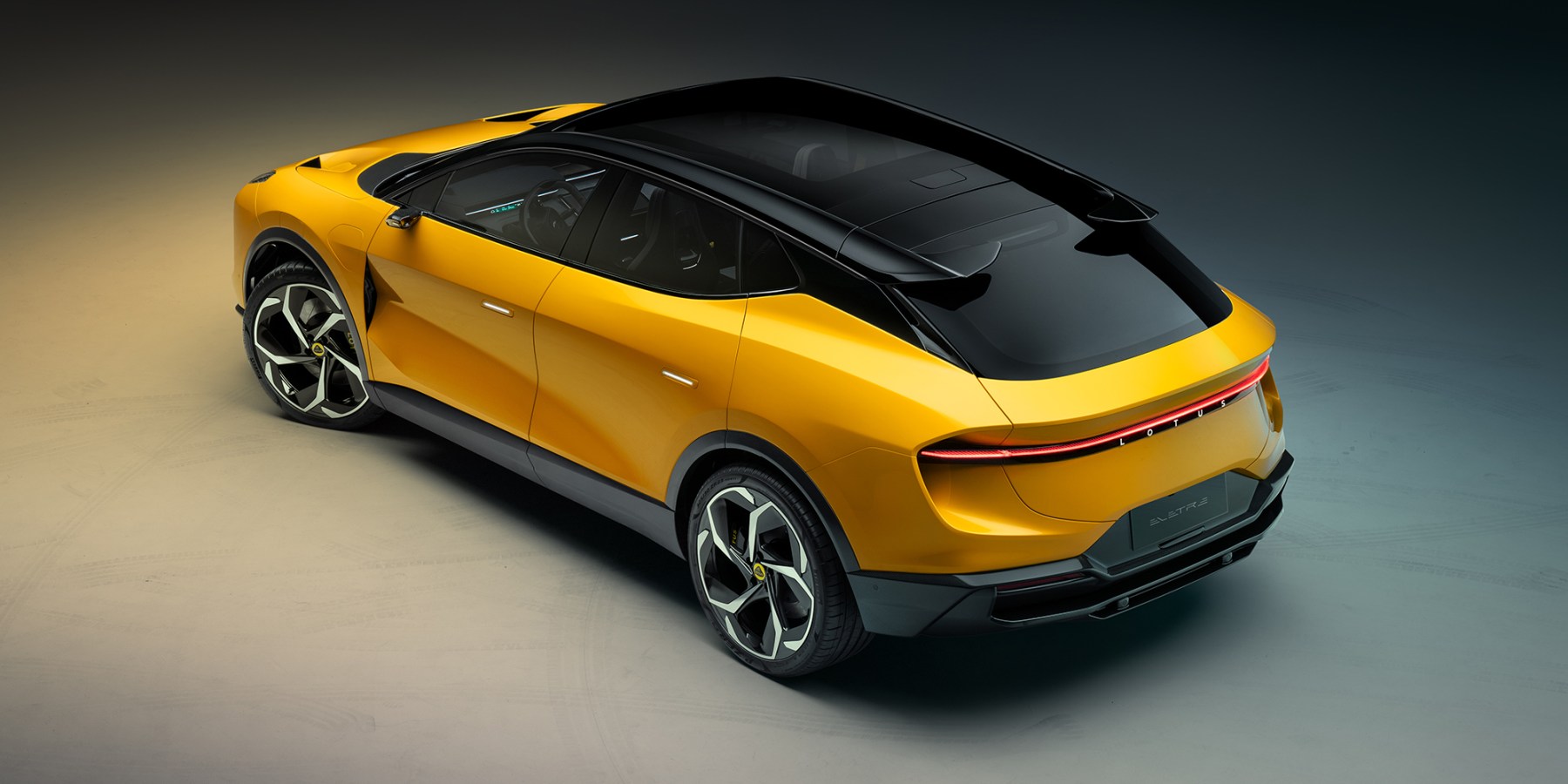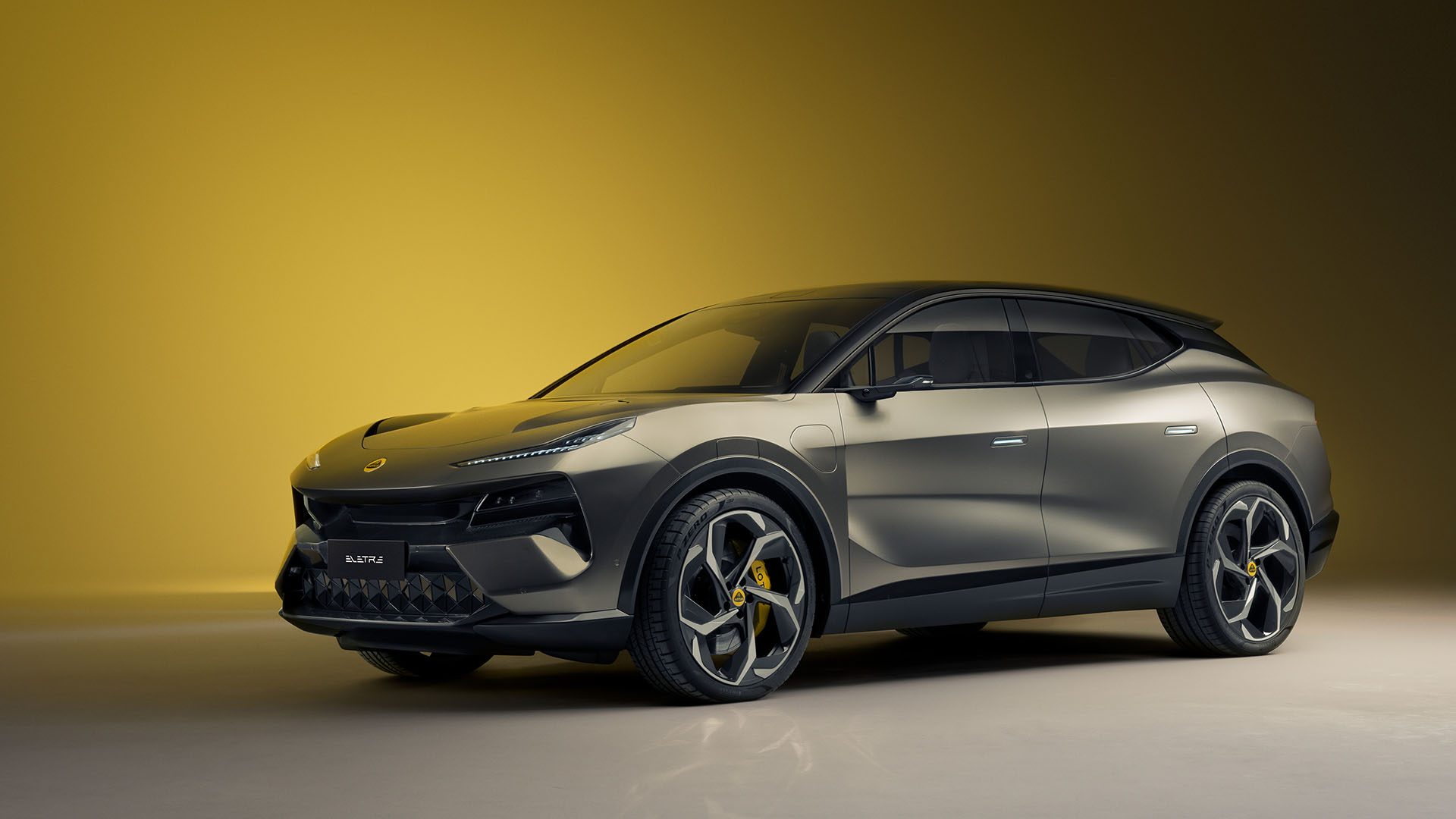Lotus, the iconic British automaker, is reportedly revising its ambitious plan to become an all-electric mobility provider by 2028. Instead, the company plans to adopt “Super Hybrids,” blending high performance with extended range through a combination of advanced batteries and a turbocharged engine.
The strategy shift, first outlined by CEO Feng Qingfeng in a reported interview with The Wall Street Journal, comes amid concerns about customer preferences and technological barriers in the luxury vehicle segment. “I believe fuel vehicles still have a long lifecycle,” Qingfeng reportedly said, highlighting that the average Lotus driver covers approximately 18,641 miles (30,000 km) annually, underscoring the importance of long-range capabilities.
The company’s move away from an electric-only future also reflects challenges in luxury EV adoption. Qingfeng noted that “the penetration of pure electric vehicles in the luxury car segment is slow because luxury car engines are already very powerful, and the driving experience is quite similar.” He added that the performance benefits of EVs are “not obvious” compared to traditional high-performance engines, making the switch less appealing to certain buyers.
Lotus’ new hybrid lineup is expected to feature advanced 900V electrical architectures paired with a range-extending engine and battery pack. Early projections suggest the vehicles could achieve a range of up to 680 miles (1,094 km), combining the benefits of electrification with the reliability of combustion technology.
The announcement follows a period of mixed financial performance for the automaker. While Lotus reported a 134% year-over-year increase in deliveries through the first nine months of 2024, totaling 7,543 vehicles, it also disclosed a $438 million operating loss for the first half of the year. Further details about the company’s hybrid plans may emerge during its third-quarter earnings call.
The Vision80 plan, launched in 2018, aimed to transform Lotus into a leader in all-electric global mobility. However, with evolving market dynamics and technological challenges, the automaker now appears to be recalibrating its goals to align with customer demand and financial realities.

